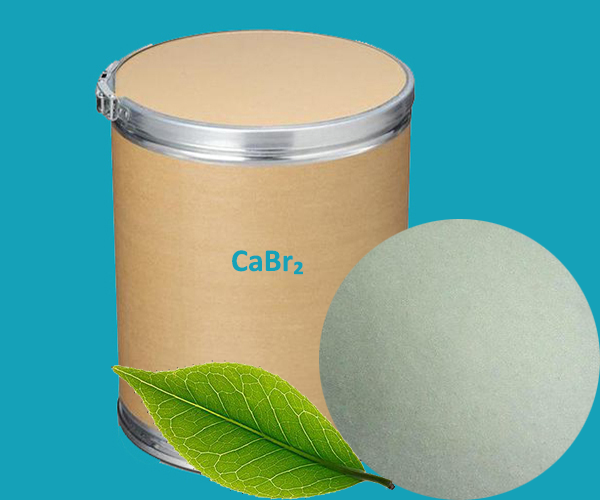Calcium Bromide, also known as Calcium Dibromide or Calcium Bromatum, is formed by one calcium atom and two bromine atoms. The molecular or chemical formula of Calcium Bromide is CaBr₂.
In its anhydrous form, it anhydrous is hygroscopic colourless crystals sharp saline taste. It is soluble in water and alcohol. It is produced by reacting calcium carbonate (CaCO3) and calcium oxide with hydrobromic acid (HBr). Or it is made by reacting calcium metal with elemental bromine. It is widely used as a dense aqueous solution for drilling fluids. Also, it has a wide application in as neuroses medication, food preservatives, freezing mixtures, fire retardants, and in photography.
Properties Of Calcium Bromide
Chemical formula : CaBr₂
Molecular weight : 199.89 g/mol (anhydrous); 235.98 g/mol (dihydrate)
Density : 3.353 g/cm³
Boiling point : 1815 °C (anhydrous); 810 °C (dihydrate)
Melting point : 730 °C
Applications of Calcium Bromide
Calcium bromide’s hygroscopic nature and high solubility in water lend it to a variety of applications. It is often used as a dense aqueous solution for drilling fluids in the oil and gas industry. This solution helps to control the pressure in oil wells and prevent the collapse of oil well walls.
Beyond its use in the oil and gas industry, calcium bromide finds applications in various other sectors. In the realm of photography, it serves as a sensitizing agent. Additionally, due to its properties as a strong reducing agent, it plays a key role in numerous chemical reactions, often being used as a brominating agent to convert certain organic compounds into their bromide derivatives.
Calcium bromide is also used in the pharmaceutical industry. Some of its bromide salts are utilized in neurology as anticonvulsants. However, it’s worth noting that bromide salts are generally less preferred in modern medicine due to their potential for toxicity.
 English
English Español
Español Português
Português Français
Français Deutsch
Deutsch Русский
Русский 中文
中文 日本語
日本語
